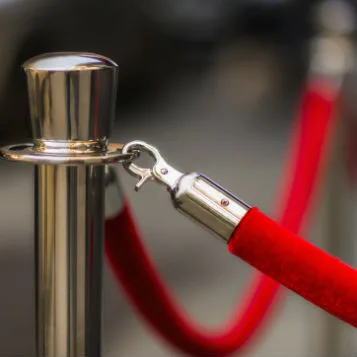Shopping Finder® helps you easily compare shopping deals. Our expert shopping team of deal hunters are passionate about helping you make the most of your money. Whether you're looking for the best product, the best deals, shopping advice or product reviews, we're here to make sure your money is working hard for you. Shop smarter with Finder Shopping.
Our experts have written 100s of shopping guides, and we have discounts and exclusive deals from 1,000+ well-known shopping brands.































